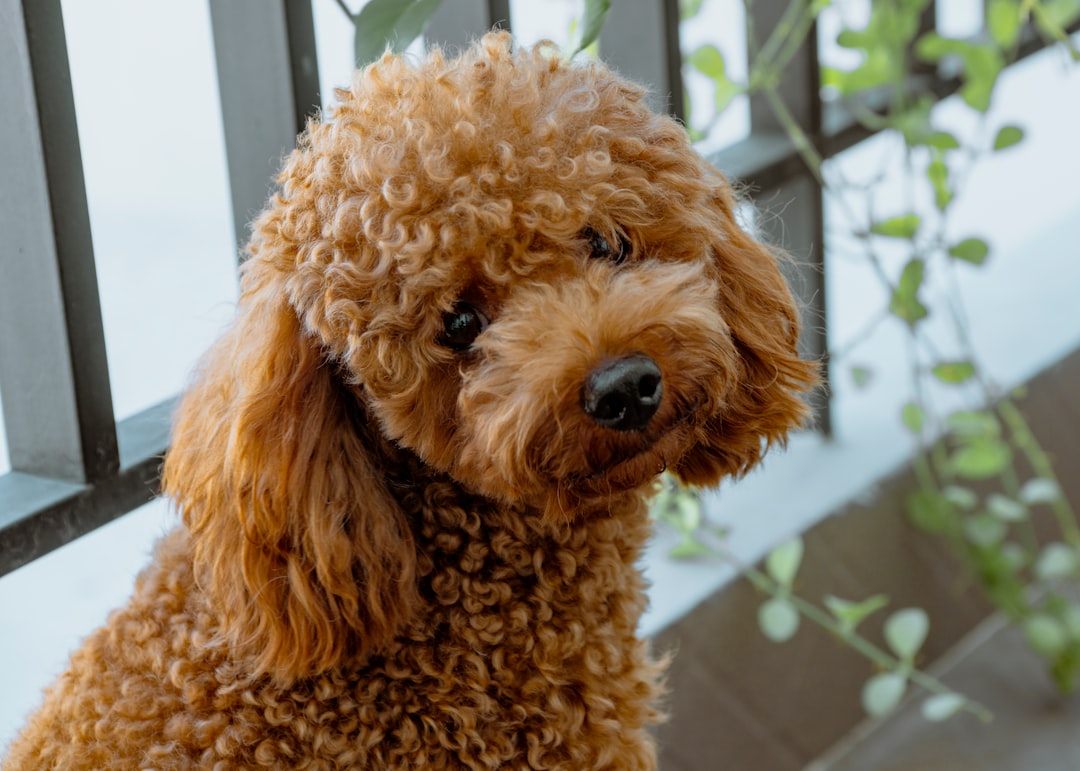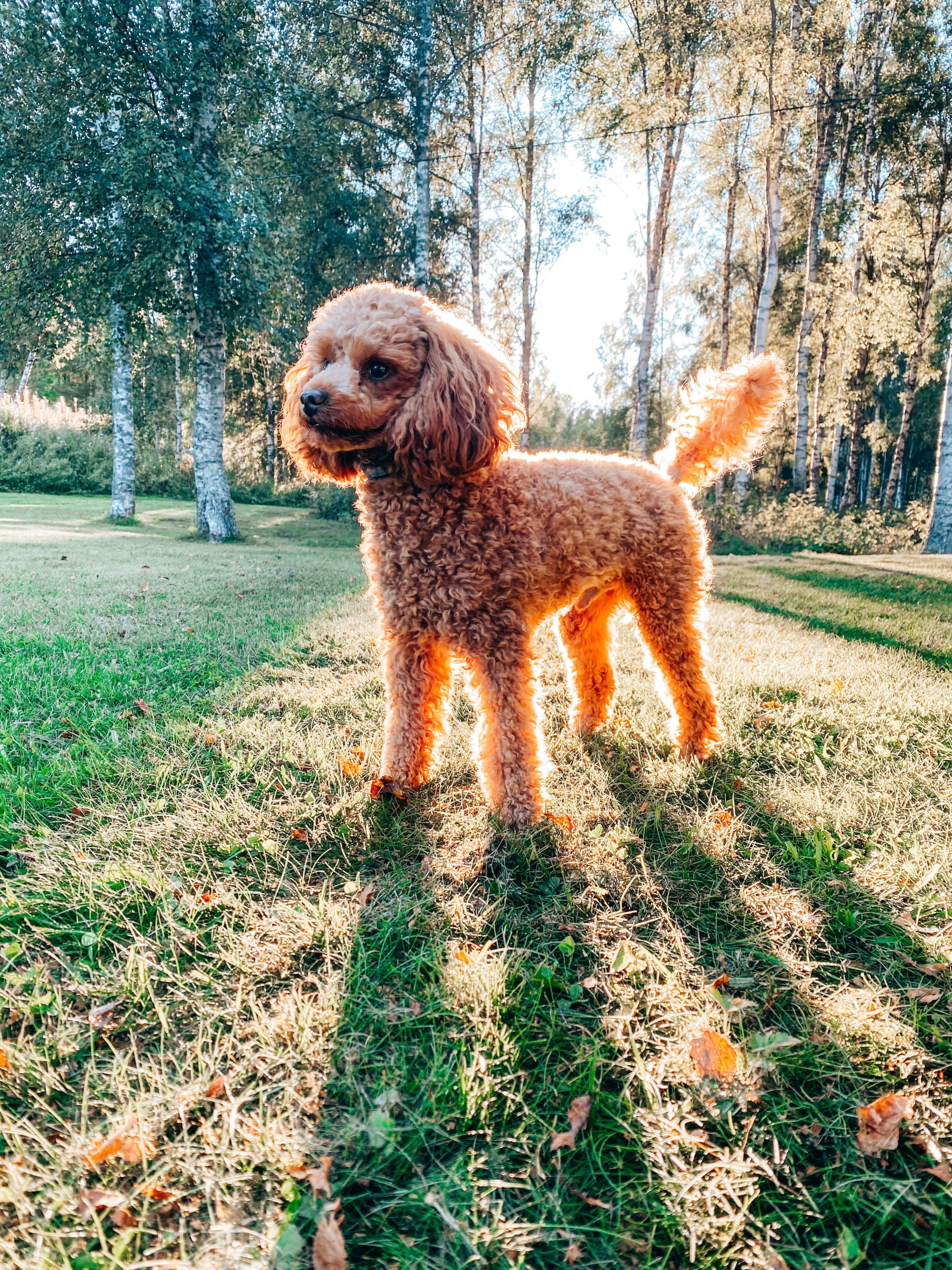Unveiling the World of Poodles: A Comprehensive Guide to Varieties, Sizes, and Care
An overview of the different varieties and sizes of poodles, including their physical traits, temperament, care and maintenance, and potential concerns.
Poodle Varieties and Sizes
The American Kennel Club (AKC) recognizes three main sizes of poodles, which are the standard, miniature, and toy poodles. Each of these sizes has its own unique physical characteristics and temperament, making them suitable for different lifestyles and living situations. For example, standard poodles are known for their intelligence, athleticism, and regal stance, while miniature poodles are celebrated for their affectionate nature and adaptability, and toy poodles are recognized for their lively, playful personalities [4].
In addition to the standard, miniature, and toy poodles, there are other types of poodles, such as moyen and teacup poodles. While standard, miniature, and toy poodles are officially recognized by major kennel clubs, moyen and teacup poodles have varying recognition statuses. Understanding these distinctions can help potential poodle owners make informed decisions when selecting the right poodle size for their specific lifestyle and living environment. For instance, teacup or micro poodles, while not officially recognized, are known to have health issues due to their extremely small size, making them a less suitable choice for certain families or individuals with specific living situations. Therefore, being aware of the recognition status and associated health concerns can assist in choosing the most suitable poodle variety.
Physical and Temperamental Traits
Poodles come in different recognized sizes by the American Kennel Club (AKC): standard, miniature, and toy. In addition to these three sizes, there are also other poodle types such as moyen and teacup poodles. The standard poodle is medium to large-sized and is recognized by major kennel clubs, while the miniature and toy poodles are smaller in size and also recognized by major kennel clubs.
When it comes to temperaments, poodles of all sizes share similar characteristics. They are known for their high intelligence, affectionate nature, and adaptability, regardless of whether they are standard, miniature, or toy poodles [4]. For example, a standard poodle, despite its larger size, will still exhibit the same level of intelligence and affection as a miniature or toy poodle. This consistency in temperament allows families to choose a poodle size based on their preferences, knowing that they will still get the same loving and intelligent companion.
Furthermore, poodles are hypoallergenic and generally get along well with children and other pets, making them versatile companions for families with diverse needs. Whether in a spacious home or a compact apartment, poodles adapt well to different living environments, provided they receive regular walks and exercise to fulfill their activity requirements. This adaptability makes them suitable for a wide range of living situations, from urban apartments to suburban homes with yards.
Care and Maintenance
Poodle owners should prioritize regular grooming and exercise to keep their pets healthy and happy. Regular grooming is essential to maintain the signature curly coat of poodles, which requires brushing, trimming, and occasional professional grooming to prevent matting and ensure the coat’s health and appearance. Additionally, poodles are a high-energy breed and require regular exercise to stay fit and mentally stimulated. Daily walks, playtime, and interactive activities are crucial to meeting their exercise needs and preventing behavioral issues.
It’s important for poodle owners to be aware of potential health issues associated with teacup or micro poodles. These smaller variants may be more susceptible to health concerns such as hypoglycemia, bone fractures, dental problems, and other issues related to their small size. Responsible owners should monitor their teacup or micro poodles closely and ensure they receive regular veterinary check-ups to address any health issues promptly.
In addition to grooming and health considerations, proper training and socialization are essential for poodles to thrive in a household environment. Positive reinforcement training methods can help poodles learn commands, behavior, and manners effectively. Socialization with other dogs and people is also crucial to prevent shyness or aggression in poodles, promoting their well-rounded development and adaptability to various social situations.
Concerns and Considerations
The increasing popularity of poodle mixes, commonly referred to as doodles, raises concerns about overbreeding and the lack of certification for doodle breeders. This trend has implications for the health and welfare of these mixed breeds, necessitating caution and thorough research when considering a doodle as a pet. Overbreeding can lead to several health issues in doodles, and the lack of certification for breeders can contribute to inconsistent breeding practices, potentially impacting the temperament and health of the puppies. For example, without proper certification and regulation, doodle breeders may not adhere to ethical breeding standards, leading to potential health and behavioral problems in the offspring.
When choosing the right poodle size, it’s essential to consider lifestyle and living situations, as different sizes have varying exercise and space requirements. For instance, standard poodles are more suitable for families with larger living spaces and an active lifestyle, while miniature or toy poodles can thrive in smaller homes or apartments with regular exercise and mental stimulation. The adaptability of poodles to different living environments, including urban dwellings, is a key factor when deciding on the appropriate size. Moreover, the energy levels of poodles of different sizes should be taken into account, as this can influence their exercise needs and compatibility with the owner’s routine and activity level. Therefore, prospective poodle owners should carefully evaluate their living situation and daily schedule to determine the most appropriate size for their new furry companion.
Overview of Poodles
Poodles have a rich history as water dogs and retrievers, known for their exceptional swimming abilities and retrieving skills. Their intelligence and agility made them ideal for assisting hunters in retrieving waterfowl, and their characteristic curly coat was groomed to help them move through water easily. This original purpose is a testament to their active and playful nature, as they were bred to be energetic and hardworking companions.
In addition to the recognized standard, miniature, and toy poodles, there are other varieties that enthusiasts may encounter. For example, the moyen poodle, also known as the klein poodle, is not officially recognized by all kennel clubs but is gaining popularity for its medium size, making it a bridge between the standard and miniature varieties. On the other hand, teacup or micro poodles are not recognized due to their health concerns related to their extremely small size. Understanding the different varieties and their recognition status is crucial for potential poodle owners in making informed decisions about which size would best suit their lifestyle and living situation.
The breed recognition status and physical characteristics of the different poodle varieties are key factors to consider when choosing a poodle. For instance, standard poodles are medium to large-sized, making them suitable for various activities and living spaces, while miniature and toy poodles are better suited for smaller living environments. Recognizing the distinctions between the varieties ensures that potential owners can make an informed decision based on their preferences and requirements, ultimately leading to a harmonious and fulfilling companionship with their poodle.
Conclusion
In conclusion, poodles are renowned for their versatility and adaptability as family pets. Their intelligence and trainability make them excellent companions for individuals and families alike. Whether it’s the standard, miniature, or toy poodle, each size offers unique characteristics that cater to different lifestyles and living situations. For example, standard poodles are known for their athleticism and regal stance, making them great for active families, while miniature poodles are prized for their affectionate nature and adaptability, suitable for various living environments and different family dynamics. Toy poodles, on the other hand, are recognized for their lively and playful personalities, making them ideal for smaller living spaces or as companions for individuals seeking a loyal and affectionate pet.
Furthermore, poodles’ hypoallergenic nature and their ability to get along well with children and other pets make them an attractive choice for many households. Their adaptability to apartment living with regular walks and exercise also adds to their appeal as family pets, as they can thrive in urban environments. With proper care, grooming, and training, poodles are not only healthy but also bring joy and companionship to their owners, further solidifying their status as cherished family members.



